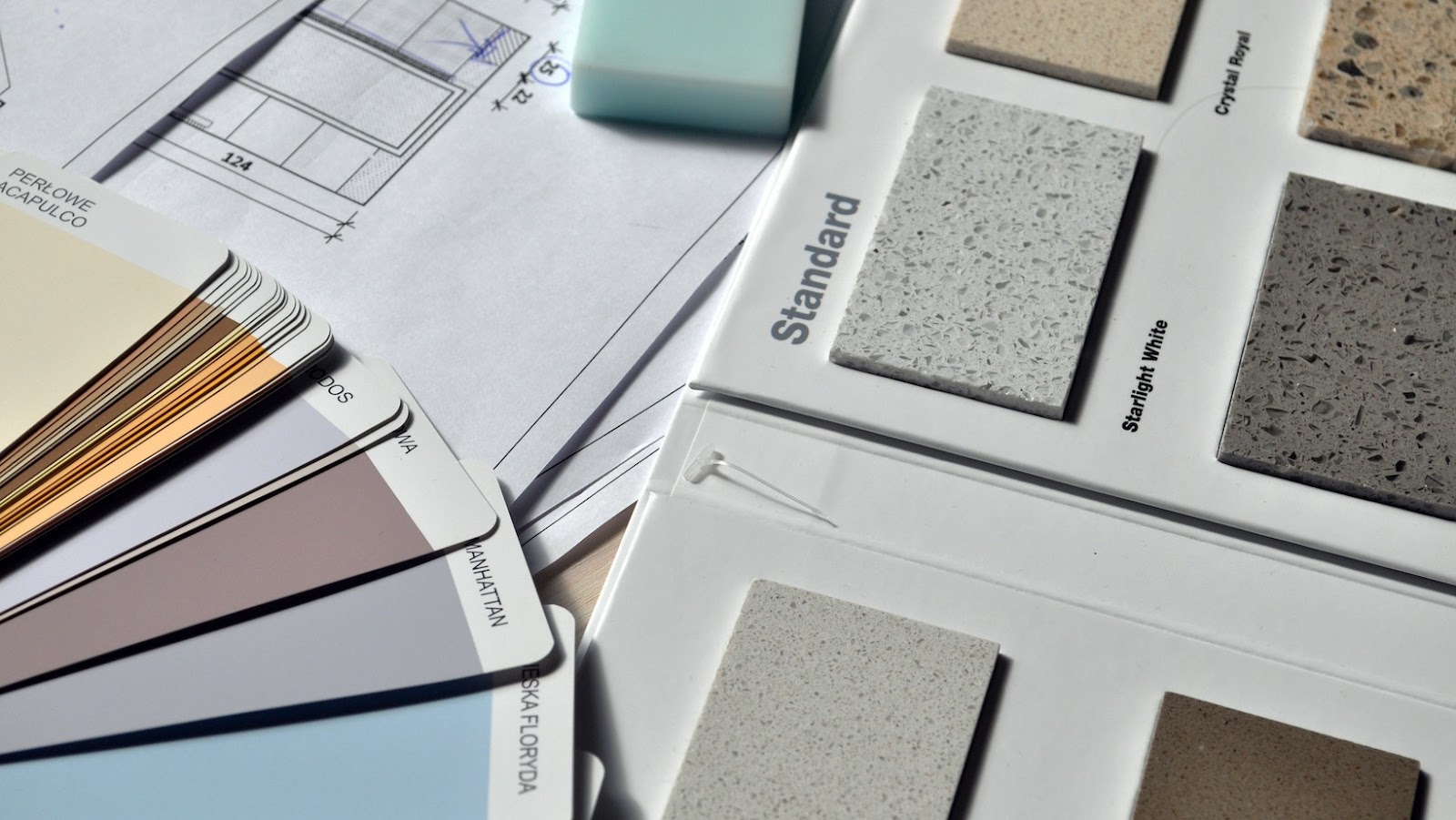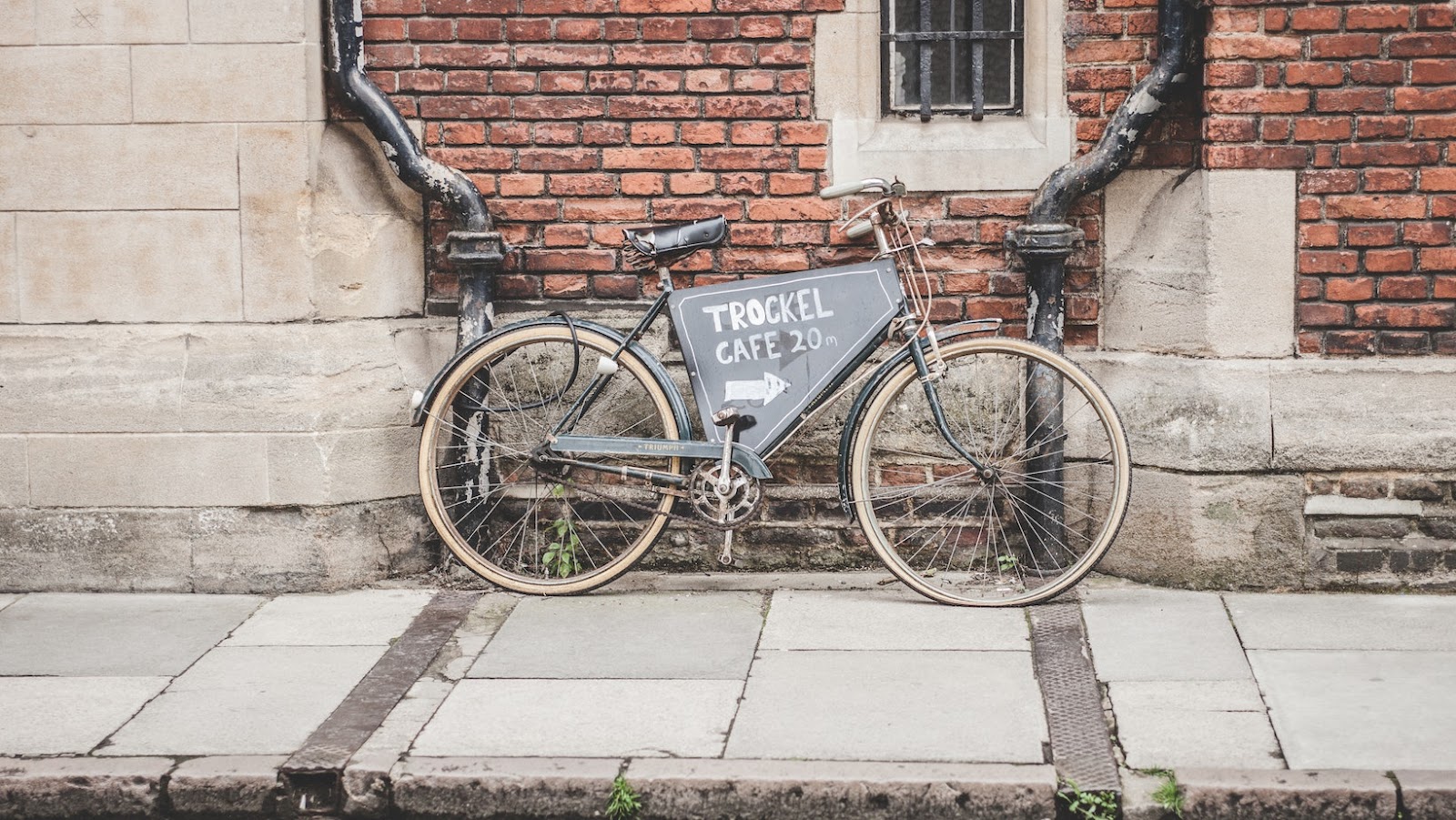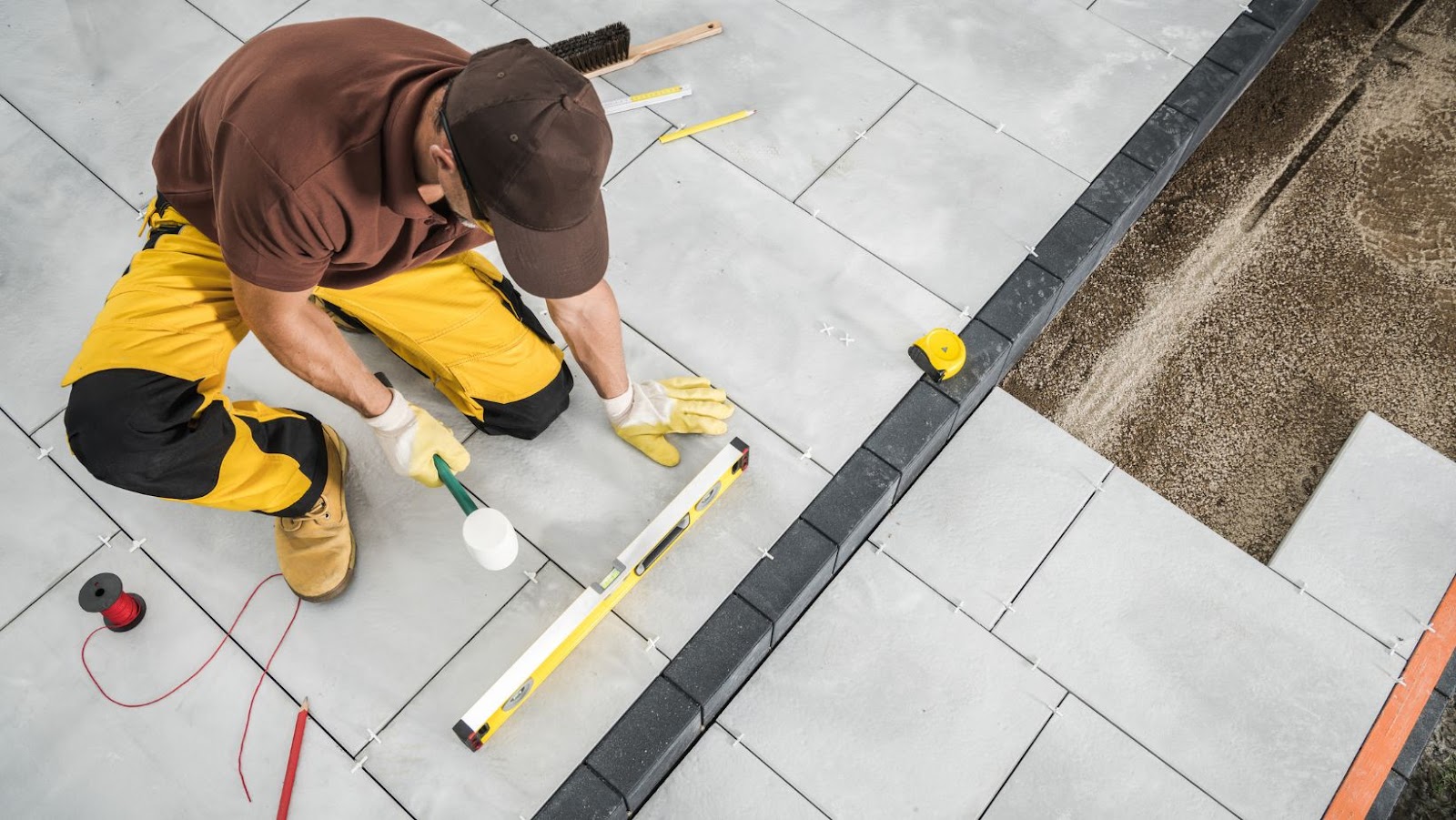There are several methods for attaching floor joists to brick walls, each with its own implications and considerations.
How are Floor Joists Attached to Brick Wall Construction?
- Ledger-board attachment: This method involves attaching a horizontal board (ledger board) to the brick wall using masonry anchors and then fastening the floor joists to the ledger board. This method is suitable for light loads but may not be sufficient for heavy loads.
- Double-plate attachment: This method involves securing two horizontal boards (double plates) to the brick wall using masonry anchors and then fastening the floor joists to the double plates. This method is suitable for heavy loads and provides better stability than ledger-board attachment.
- Joist hangers: Joist hangers are metal brackets that attach to the brick wall and provide a secure connection point for the floor joists. They are suitable for heavy loads and provide excellent stability.
These methods have different implications depending on factors such as load weight, construction type, and the type of masonry anchors used. It is essential to consult a construction professional to determine the best method for your specific situation.
Traditional Method – Ledger Board Attachment
The traditional method of attaching floor joists to a brick wall is through a ledger board which is usually secured to the wall with expansion bolts or anchors. This method of attachment has been used for many years and is considered a reliable way of attaching joists to a brick wall as it provides a secure connection. However, this method has a few drawbacks, which we will discuss in detail.
Steps for Attaching a Ledger Board to Brick Wall Construction
Attaching a ledger board to brick wall construction is a tricky process that requires careful planning and execution to ensure a secure and stable structure.
Here are the steps to follow:
- Choose the right ledger board material – Pressure-treated wood or steel are the most commonly used materials.
- Mark the spot where you want to attach the ledger board.
- Drill pilot holes into the brick wall using a masonry bit.
- Insert lead shields or plastic anchors into the pilot holes.
- Attach the ledger board to the wall using lag screws or concrete screws.
- Make sure the ledger board is level and secure.
Properly attaching a ledger board to brick wall construction can help in securely attaching floor joists. Alternatives to ledger board attachment include using brick ties or embedding the joists into the wall. It is important to consult with a professional to choose the right method depending on your specific needs.
Advantages of Ledger Board Attachment
Ledger board attachment is a popular and effective technique for attaching floor joists to brick walls, offering numerous advantages that make it a preferred choice for many builders.
Here are some key advantages of using this method:
- Strong and Durable: Ledger board attachment creates a strong and durable connection between the floor joists and the brick wall, ensuring stability and strength for the structure.
- Cost-effective: This method is relatively simple and cost-effective, requiring fewer materials and labor compared to other methods.
- Code Compliance: Ledger board attachment meets building code requirements in many jurisdictions, making it a safe and reliable option for building structures.
- Easy Installation: This technique is relatively easy to install, making it a popular choice for DIY builders and professionals alike.
Pro Tip: When using ledger board attachment, it’s important to use high-quality materials and ensure proper installation to ensure structural integrity and long-term durability.
Disadvantages of Ledger Board Attachment
One of the traditional methods of attaching floor joists to brick walls is the ledger board attachment, but this method comes with several disadvantages that can lead to safety hazards and decreased durability of the structure.
Here are some of the drawbacks of the ledger board attachment:
- Moisture damage: The wood ledger can trap moisture against the wall, causing rot and decay over time.
- Compatibility: Different types of wood ledgers and masonry may not be compatible and can lead to galvanic decay.
- Structural failure: Improper attachment of the ledger board can compromise the structural stability of the entire structure.
To avoid these issues, alternative methods such as post-installed anchors, brackets, or straps can be used to attach floor joists to brick walls in a safer and more secure manner.
Alternative Method – Masonry Anchors
Masonry anchors offer a potentially stronger connection for attaching floor joists to brick walls compared to typical lag screw and expansion anchor fastening methods. Masonry anchors are available in various forms, and are designed to embed themselves securely into the brick wall when pushed or hammered into position. This article will discuss how masonry anchors work and how they should be used.

Types of Masonry Anchors Used for Attaching Floor Joists to Brick Walls
Masonry anchors are commonly used for attaching floor joists to brick walls in construction. There are three types of masonry anchors that are most commonly used: wedge anchors, sleeve anchors, and drop-in anchors.
- Wedge anchors are the most commonly used type of anchor for attaching heavy loads to masonry. They are easy to install, have high load-bearing capacities, and are resistant to vibration.
- Sleeve anchors are ideal for attaching lighter loads to masonry. They have a lower load-bearing capacity than wedge anchors but are easier to install and offer greater flexibility.
- Drop-in anchors are used for heavy-duty applications that require a flush-mounted anchoring point. These anchors are typically used in pre-drilled holes and offer high load-bearing capacities.
Choosing the right type of masonry anchor depends on the load requirements, the size and weight of the joists, and the type of masonry material used in the construction.
Pro Tip: It is important to use the correct size and type of anchor to ensure a secure and stable attachment of floor joists to brick walls. Always follow the manufacturer’s instructions and consult with a professional if needed.
Advantages of Masonry Anchors
Masonry anchors offer several advantages over traditional methods of attaching floor joists to brick walls in construction.
Here are the key benefits of using masonry anchors:
- High load capacity: Masonry anchors are designed to handle heavy loads, making them a reliable choice for securing floor joists in brick walls.
- Easy to install: These anchors can be easily installed using basic tools and equipment, making them a cost-effective option for both DIY enthusiasts and professional builders.
- Versatility: Masonry anchors can be used to attach a range of items, from floor joists and shelving to electrical fixtures and plumbing pipes.
- Improved stability: By securing the floor joists to the brick wall, masonry anchors help to prevent them from shifting or coming loose over time.
Pro Tip: Before installing masonry anchors, make sure to check the load capacity of the anchors and choose the appropriate size and type for your project to ensure maximum stability and safety.
Disadvantages of Masonry Anchors
Masonry anchors can have several disadvantages when attaching floor joists to brick walls.
One disadvantage of masonry anchors is their potential to damage the structural integrity of the brick wall over time. Masonry anchors create small holes in the mortar or brick, which can weaken the wall’s strength and cause it to crack or crumble. Another disadvantage is that masonry anchors require precise drilling and installation skills. Misaligned anchors can cause the floor joists to shift, damaging the flooring, and brick wall.
An alternative to masonry anchors is fixing the floor joists using traditional framing techniques involving heavy-duty metal brackets, screws, and bolts. This method is less invasive to the masonry, provides a reliable and robust hold for the floor joists, and reduces the load-bearing stress on the brick wall. With traditional framing techniques, the installation is quicker, and the chances of wall damage are significantly reduced.
Pro Tip: Consulting a professional engineer or contractor with expertise in masonry fastening methods can help determine the best approach to attach your floor joists to a brick wall and reduce the chances of long-term structural damage.
Hybrid Method – Combination of Ledger Board and Masonry Anchors
The hybrid method is suitable for floor joists that need to be attached to brick walls. This method involves the use of a ledger board and masonry anchors. The ledger is connected to the joists and the masonry anchors are screwed into the brick wall. This combination of the ledger and masonry anchors helps provide a strong connection between the floor joists and the brick wall.
Let’s take a closer look at the pros and cons of this method.
How to Combine Ledger Board and Masonry Anchors for Attaching Floor Joists to Brick Walls
The hybrid method of combining a ledger board and masonry anchors is an effective way to attach floor joists to brick walls while preventing moisture damage and ensuring structural integrity. Here’s how to do it:
- Start by installing a ledger board onto the brick wall using masonry anchors, making sure it’s level and flush against the wall.
- Attach metal joist hangers to the ledger board using screws and ensure they are properly spaced according to the floor joist layout.
- Cut and attach floor joists to the joist hangers using nails or screws, ensuring they are level and square.
- Finally, install cross bridging or blocking between the floor joists to prevent them from twisting or sagging over time.
The hybrid method offers a secure and stable way to attach floor joists to brick walls, especially in situations where drilling into the masonry is not possible. It provides a long-lasting and reliable solution for your construction needs.
Advantages of Hybrid Method
The hybrid method, which combines a ledger board and masonry anchors, offers several advantages when attaching floor joists to brick walls. First, it allows for greater flexibility in the placement of joists. While traditional methods may require specific spacing, the hybrid method can accommodate varying distances between joists.
Second, it provides a secure and stable attachment. The ledger board provides a strong foundation, while the masonry anchors help distribute the weight of the joists evenly. Finally, the hybrid method allows for easier future maintenance and repairs. If necessary, the ledger board can be easily removed without disturbing the masonry anchors, making any modifications or repairs simpler and less intrusive.
These advantages demonstrate why the hybrid method is a popular and effective technique for attaching floor joists to brick walls.
Disadvantages of Hybrid Method
The hybrid method, which involves a combination of ledger board and masonry anchors, has some drawbacks that homeowners and builders should consider when attaching floor joists to brick walls.
Some disadvantages of the hybrid method are:
- Cost: The hybrid method requires more materials and labour, making it more expensive than other attachment methods.
- Complexity: The hybrid method requires more planning and expertise to install, increasing the risk of mistakes and making repairs more difficult in the future.
- Compatibility issues: The hybrid method may not be suitable for all types of brick walls or floor joists, leading to compatibility issues that could compromise the stability and safety of the structure.
Homeowners should consult with a professional to determine the best attachment method for their specific situation and needs.
Implications of Incorrect Attachment
When a floor joist is incorrectly attached to a brick wall, it can cause a host of issues, from a decrease in structural integrity to an increase in fire risk. To ensure that your floor joist is correctly attached to the brick wall, you need to understand the various methods of doing so, as well as their implications. This article will discuss this in detail, so read on to learn more.

Effects of Incorrect Attachment on Safety and Structural Integrity
Incorrect attachment of floor joists to brick walls can have severe implications on safety and structural integrity. Different methods of attaching floor joists to brick walls have varying degrees of effectiveness, depending on factors such as weight distribution, load-bearing capacity, and stability.
Some common methods of attaching floor joists to brick walls include the use of joist hangers, masonry wall plates, and through-bolting. If these methods are not executed correctly, it can lead to issues such as poor weight distribution, uneven load-bearing, and eventual collapse of the structure. It is crucial to seek the advice of a professional contractor or engineer when attaching floor joists to brick walls, as they have the expertise and experience to ensure proper attachment and structural integrity.
Pro tip: Safety should be a top priority when undertaking any construction project. Always seek expert advice and follow proper installation procedures to ensure that your structure is safe and stable.
Risks of Moisture Buildup and Rot
Incorrect attachment of floor joists to brick walls can lead to moisture buildup and rot, which can cause serious structural damage to your home. There are different methods of attaching floor joists to brick walls and each method has its implications.
- Ledger Board: In this method, the floor joists are attached to a horizontal wooden board that is bolted into the brick wall. This method requires precise measurements and proper installation to prevent water from seeping into the wall cavity.
- Joist Hangers: Joist hangers are metal brackets that are attached to the wall with screws and nails. The floor joists are then inserted into the joist hangers and secured with nails. This method is quick and easy but requires proper ventilation to prevent moisture buildup and rot.
- Brick Lintels: In this method, special steel lintels are installed into the brick wall to support the floor joists. This method is suitable for large spans but requires professional installation and can be costly.
It is crucial to choose the appropriate method of attachment and ensure proper installation to avoid the risks of moisture buildup and rot.
Importance of Consulting a Structural Engineer or Contractor
When it comes to attaching floor joists to brick walls, it is important to consult a structural engineer or contractor to ensure correct attachment methods are employed, and avoid the implications of an incorrect attachment.
Different methods of attaching floor joists to brick walls include:
- Brick Ledger Method: A cemented brick ledger strip is attached to the brick wall, and the floor joists are then nailed to this strip.
- Masonry Anchor Method: Corrosion-resistant steel anchors are embedded into the brick wall, and the floor joists are then bolted to these anchors.
Incorrect attachment methods can result in damage to the wall or ceiling, sagging of the floor, and even collapse of the floor. A professional should assess the structure for the correct attachment method based on the wall and joist types. Consulting a structural engineer or contractor ensures that the correct attachment method is employed, and any potential hazards are eliminated.
After examining the different methods for attaching floor joists to brick walls, the best option depends on the desired outcome and depends on the size, weight, and span of the joists. Therefore, it is important to understand the implications of each of the different methods, such as the extra support necessary, the need for additional materials, and the cost of the job.
Factors to Consider When Choosing a Method for Attaching Floor Joists to Brick Walls
When it comes to attaching floor joists to brick walls in construction, there are several factors to consider before choosing a suitable method. These factors include the load capacity of the wall, the size of the joists, the construction budget, the type of structure being built, and local building codes.
Some of the common methods for attaching floor joists to brick walls include using masonry nails, angle brackets, joist hangers, and ledger boards. The appropriate method to use will depend on the factors mentioned above and other relevant considerations.
For instance, while joist hangers provide sturdy support for the joists, the size of the hanger, and the fasteners used must be in line with the load capacity of the wall. Additionally, the spacing between the hangers, the size of the nails or screws used, and the methods employed for fastening the hangers to the wall must comply with local building codes.
In conclusion, choosing the method for attaching floor joists to brick walls requires careful consideration of various factors. This ensures that the method chosen is not only safe and effective but also meets local building codes and is within the project budget.
Importance of Proper Installation for Safety and Longevity
The proper installation of floor joists is crucial for the safety and longevity of your building. When it comes to attaching floor joists to brick walls, there are several different methods with varying implications.
The most common methods include joist hangers, timber connectors, and masonry anchors.
- Joist hangers involve securing metal brackets to the brick wall with expansion bolts, and then attaching the joists to the hangers with nails or screws.
- Timber connectors involve using timber straps to secure the joists to the wall, and then bolting the straps to the brickwork.
- Masonry anchors involve drilling holes into the brickwork, inserting bolts, and securing the joists with metal connectors.
Each method has its own benefits and drawbacks, such as cost, ease of installation, and load-bearing capacity.
Ultimately, choosing the right method for attaching floor joists to brick walls depends on several factors, such as the structure’s design, load-bearing requirements, and budget. Therefore, it is crucial to consult with a professional before making any decisions.
